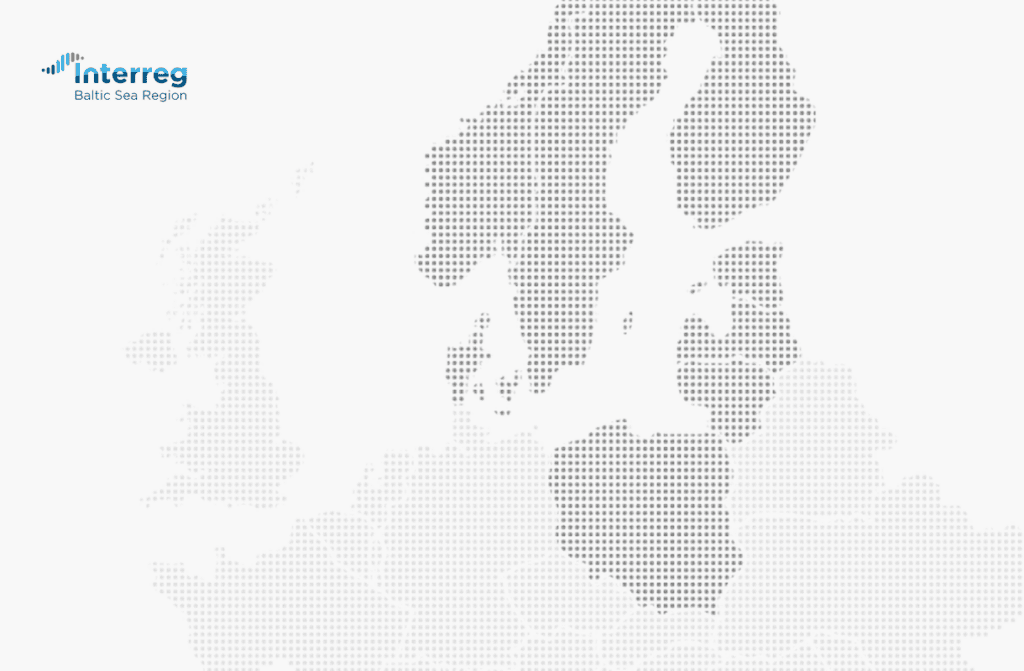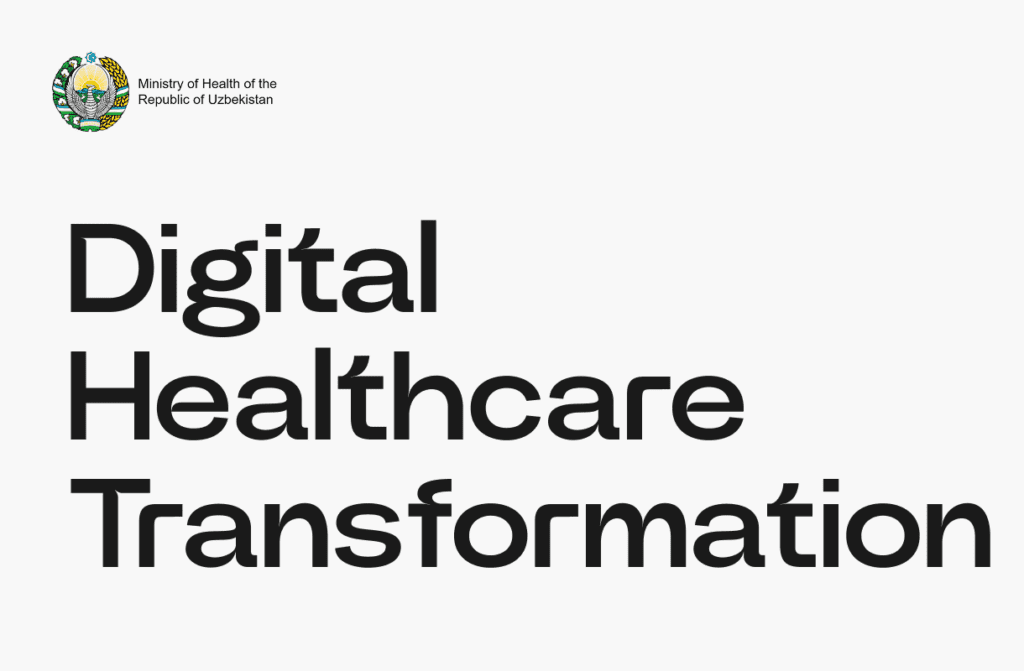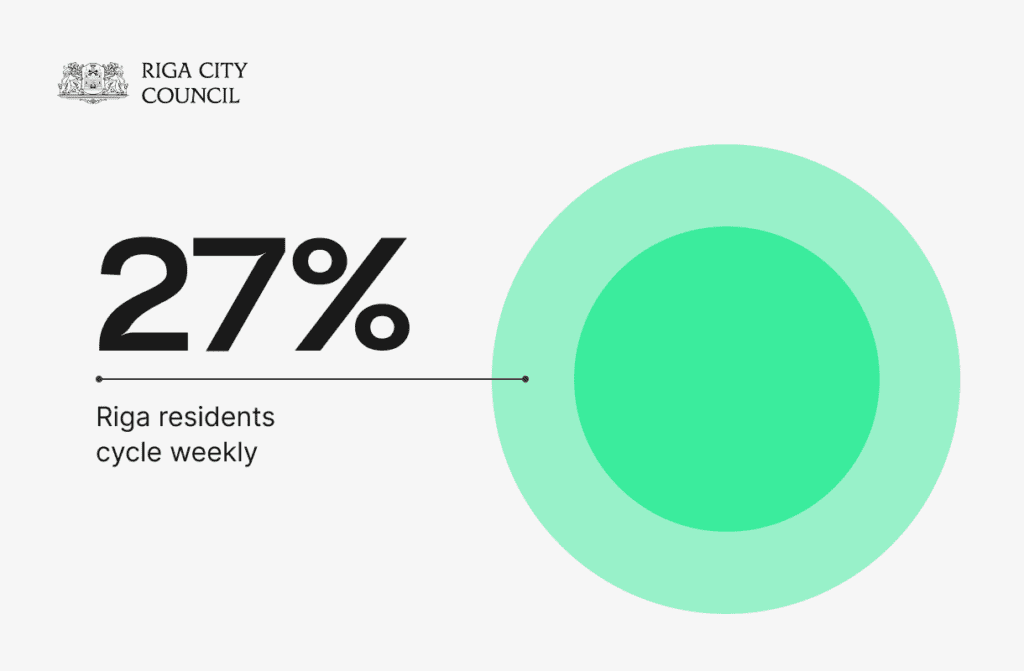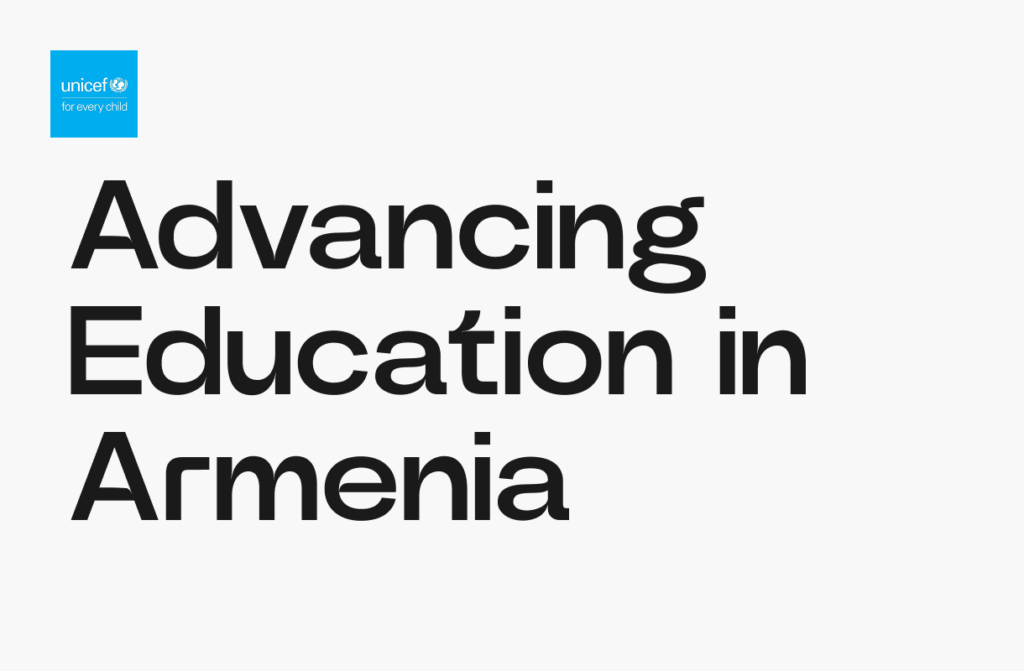Ministry of Education and Research — Integrating Formal and Non-Formal Learning
Client
the Ministry of Education and ResearchThe background:
To cope in today’s society, young people need strong professional and general competencies. Competencies are acquired not only through formal education at school, but also through non-formal education gained at hobby schools, extracurricular activities, and youth work.
In Estonia, non-formal and formal education have been distinguished from each other in the daily work of employees in the education and youth fields, as well as in the strategies of both fields.
This creates a situation where young people cannot rely on the competences developed in non-formal education when entering working life, and the human capital they have accumulated remains scarce or invisible, and the skills and knowledge developed in non-formal education remain unnoticed by the learner or are not taken into account in the labour market.
Aim of the project:
In the autumn of 2021, the Ministry of Education and Research initiated the project “Supporting young people to succeed – Building capacities to better integrate non-formal and formal learning”, the aim of which was to develop a solution for integrating non-formal and formal learning in Estonian general and vocational education, taking into account the local context and stakeholder needs. The project was financed by the European Commission. Our team, together with colleagues from an international consulting firm ICF, Estonian think tank Praxis and Tallinn University, analysed the current situation and provided policy options to reform the Estonian education system for better integration of formal and non-formal learning.
Based on the discussions the following statements were made about the integration of non-formal learning with formal learning:
- Integration is beneficial for students, teachers, the education system and society as a whole, but its implementation requires acknowledgement of the risks involved.
- Integration brings the most benefits to students, as recognition of non-formal learning outcomes fosters the development of students’ general competences, enhances students’ reflection skills, increases students’ motivation, enables students to use their time more optimally, reduces workload etc.
- Systematic integration is also beneficial for teachers, acquisition of new competencies via non-formal learning supports their professional development.
Services provided:
- Mapping the current practices.
- Qualitative interviews and focus groups with education experts, teachers, school leaders, students and parents.
- Discussion seminars for stakeholders and beneficiaries.
- Mapping the foreign practices and organising peer exchange.
- Developing the policy options to integrate formal and non-formal learning in government and local municipality levels.
- Piloting the policy options at the municipality levels.
- Ex-ante impact and cost assessment for the provided policy options.
- Communication and outreach strategy.
The main task of the Civitta team was mapping the current practices, collecting qualitative data, discussions with stakeholders and piloting policy options with selected municipalities.
Project results:
Our analysis identified the following problems in the Estonian education system, which could be solved using a more systematic integration of non-formal and formal learning:
- There is often a lack of awareness of the knowledge and skills acquired in non-formal learning. They are invisible to formal learning institutions and are not taken into consideration in the completion of the formal learning curriculum.
- Students participate in non-formal learning to a small extent, particularly at the level of upper secondary education and thus do not benefit from non-formal learning.
- Simultaneous participation in formal and non-formal learning, while achieving similar learning outcomes (e.g. in music, art, physical education), increases students’ academic load and leads to an inefficient use of time.
To address these bottlenecks, we developed three alternative policy options (see the figure below, middle column), that primarily differ with regard to: 1) the extent of the impact, i.e. the proportion of students potentially affected by a policy option; and 2) the degree of flexibility of the formal learning curriculum

Figure: Starting points of the preliminary assessment of the impact of policy options related to the recognition of knowledge and skills acquired through non-formal learning in formal learning.
You can find more information about the project results in Estonian and English here (for EN reports scroll down).






